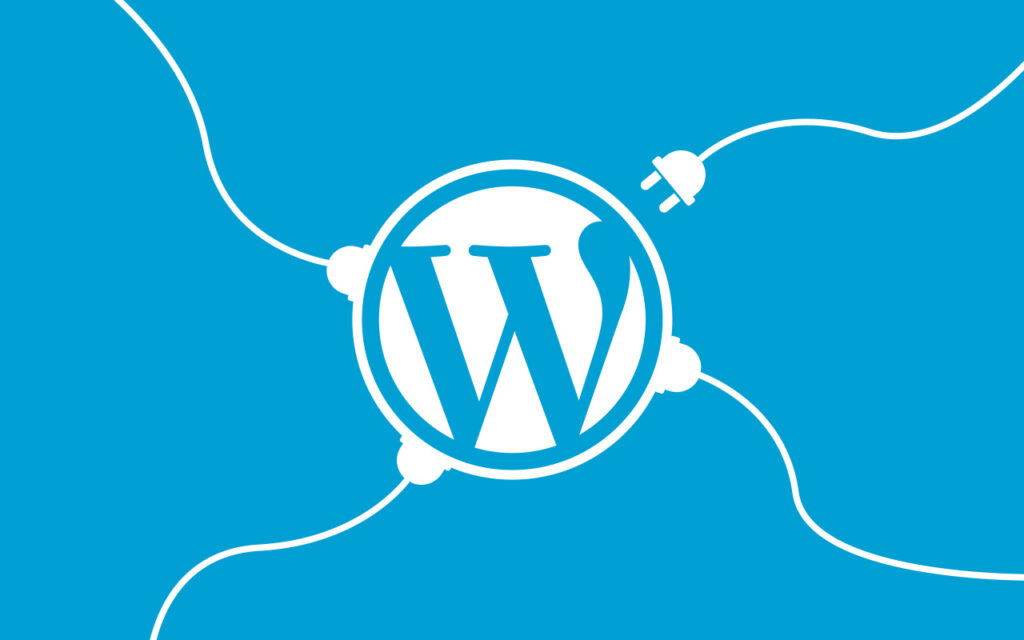In the digital realm, where first impressions matter significantly, your landing page design can make or break your conversion rates. A high-converting landing page is like a well-crafted piece of art – it captures attention, evokes emotion, and leads visitors towards a desired action. Here, we present the ten essential design elements that can transform your landing page into a conversion powerhouse.
1. Eye-Catching Headline
Your headline is the first thing visitors see, and it should be both attention-grabbing and relevant to your offer. Use bold fonts and contrasting colors to make it stand out. Ensure that it clearly communicates the value of your product or service.
2. Engaging Visuals
Humans are highly visual creatures. Incorporate high-quality images, videos, or graphics that resonate with your audience. Visual content can help convey your message quickly and create an emotional connection.
3. Clear and Concise Copy
Your copy should be crisp, concise, and easy to scan. Use short paragraphs, bullet points, and subheadings to break up text. Highlight the benefits of your offer and how it can solve the visitor’s problem.
4. Compelling Call to Action (CTA)
Your CTA button is the gateway to conversions. Make it prominent with a contrasting color and persuasive text. Use action-oriented words like “Get Started,” “Join Now,” or “Request a Quote” to encourage clicks.
5. Trust Signals
Building trust is crucial. Incorporate trust badges, customer testimonials, and industry certifications to reassure visitors that your product or service is credible and reliable.
6. Mobile Responsiveness
In an increasingly mobile world, ensure that your landing page is responsive. It should adapt seamlessly to different screen sizes and devices. Google also favors mobile-friendly pages in its rankings.
7. Loading Speed
Fast-loading pages are essential for user experience and SEO. Optimize images, minimize unnecessary scripts, and leverage browser caching to improve loading times.
8. Whitespace and Readability
Clean and well-structured design with ample whitespace enhances readability. Ensure that your fonts are legible and that there’s enough space between elements to prevent a cluttered appearance.
9. Directional Cues
Guide visitors’ attention toward your CTA with subtle directional cues. Use arrows, visual flow, or even the gaze of a person in an image to direct the viewer’s focus.
10. A/B Testing
Lastly, never stop optimizing. Conduct A/B tests on various design elements, such as CTA button color, headline text, or image choices. Data-driven decisions can lead to continuous improvement in your conversion rates.
Implementing these ten design elements will not only help your landing page outshine the competition but also improve its ranking potential on Google. Remember that a high-converting landing page is a blend of persuasive design and user-centered content.



